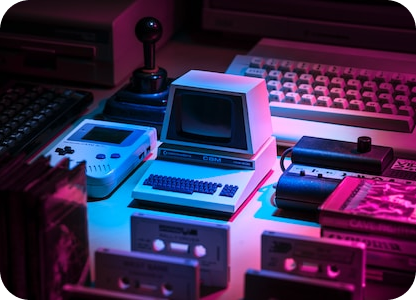
In recent years, a new trend has emerged in the world of art: the rise of NFTs or non-fungible tokens. NFTs are unique digital assets that are stored on the blockchain, making them verifiable and immutable. They have become increasingly popular among digital artists who are looking for new ways to monetize their work. With NFTs, artists can sell their digital creations as one-of-a-kind items, allowing them to retain ownership and control over their work. This has opened up a new era for digital art, where creators can now make a living from their work in ways that were previously impossible. NFTs have also attracted attention from collectors and investors, who are interested in owning unique pieces of digital art. Some NFTs have sold for millions of dollars, including a digital artwork by Beeple that sold for $69 million at a Christie's auction in March 2021. This has sparked a new wave of interest in NFTs, with more and more artists and creators jumping on board. However, the rise of NFTs has also raised questions about the environmental impact of blockchain technology, which is used to create and store NFTs. Critics have pointed out that the energy consumption required for mining and maintaining the blockchain is unsustainable and could have a significant impact on the environment. Despite these concerns, NFTs are here to stay and are poised to transform the world of digital art in ways that we have yet to fully understand. As technology continues to evolve, it's exciting to think about the new possibilities that NFTs will bring to the world of art and beyond.



